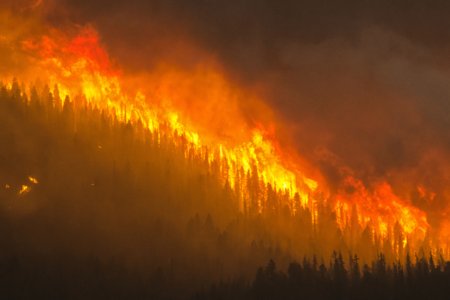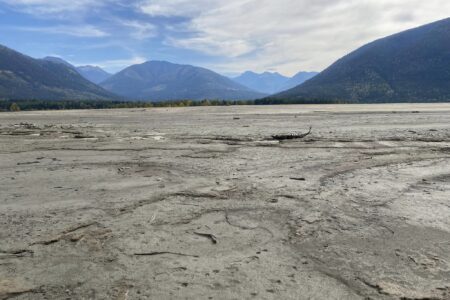Life in a world without oxygen
By Andy Soos, ENN
The Earth’s oldest fossils have been found in Australia by a team from the University of Western Australia and Oxford University.
The microscopic fossils show convincing evidence for cells and bacteria living in an oxygen-free world over 3.4 billion years ago.
The earliest identified organisms were minute and relatively featureless, and their fossils look like small rods, which are very difficult to tell apart from structures that arise through abiotic physical processes.
The oldest undisputed evidence of life on Earth, interpreted as fossilized bacteria, dates to over 3 billion years ago. Other finds in rocks dated to about 3.5 billion years ago have been interpreted as bacteria, with geochemical evidence also seeming to show the presence of life 3,800 million years ago.
The new research team, led by Dr David Wacey of the University of Western Australia and including Professor Martin Brasier of Oxford University, report the finding in the journal Nature Geoscience.
The Earth was a hot, violent place at this time when there was no free oxygen, with volcanic activity dominating the early Earth. The sky was cloudy and grey, keeping the heat in despite the sun being weaker than today.
The water temperature of the oceans was much higher at 40-50 degrees C and circulating currents were very strong.
The ancient fossils were first identified in 2007 at Strelley Pool, a remote location of the Pilbara, a dry region about 60km west of Marble Bar. Their host sandstones were laid down in what would have been a shallow-water beach or estuary.
Significantly, there was very little oxygen present as there were no plants or algae yet to photosynthesise and produce oxygen. The new evidence points to early life being sulfur-based, living off and metabolizing compounds containing sulfur rather than oxygen for energy and growth.
The microfossils satisfy three crucial tests that the forms seen in the rocks are biological and have not occurred through some mineralisation process.
The fossils are very clearly preserved showing precise cell-like structures all of a similar size. They look like well known but much newer microfossils from 2 billion years ago, and are not odd or strained in shape.
Crucially, they show biological metabolisms.
The fossils suggest biological-like behaviour. The cells are clustered in groups, are only present in appropriate habitats and are found attached to sand grains.
The Strelley Pool fossils are not the oldest claim for life on Earth.
Some researchers argue that rocks at Isua in Greenland show the imprint of life at least 3.75 billion years ago.
This rare outcrop of ancient rock, called the Isua Greenstone Belt, which somehow survived almost unscathed for as long as 3.8 billion years, offers a tantalizing view of conditions on Earth merely 750 million years after its formation.
There are older rocks elsewhere, but these older rocks were formed deep in the Earth’s crust and cannot give any information as to the surface conditions of the early Earth.
The Isua rocks, however, were formed at the surface of the earliest Earth and may thus provide a wealth of information on the surface of the Earth and the environment where life might have started.
Back then, the sediments that gave rise to these rocks were also submerged. Thin layers of black sediment, separated by distinct layers of volcanic ash, look like they could be composed of the debris of ocean-dwelling microbes.
There are no fossil forms, but the nature of the carbon is consistent with the idea that it was processed by living organisms. It is a controversial claim, however.
A region of Mars’ Northern Hemisphere known as Nili Fossae has been described – from orbital images, at least – as a “dead ringer” for Australia’s Pilbara.
- For further information: http://www.bbc.co.uk/news/science-environment-14614832 or http://www.ox.ac.uk/media/news_stories/2011/110822.html
























Comments